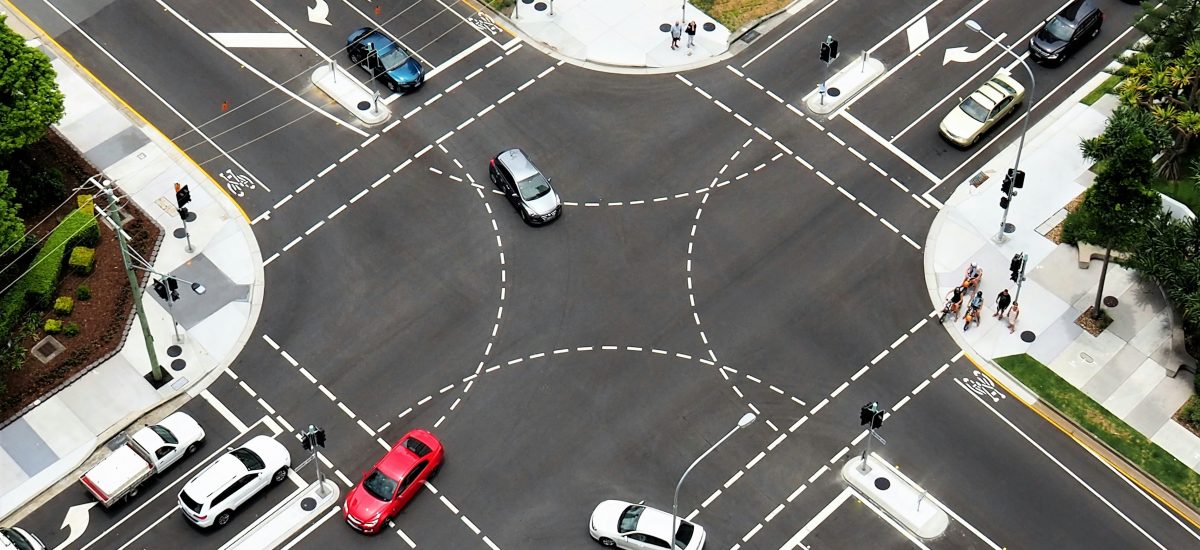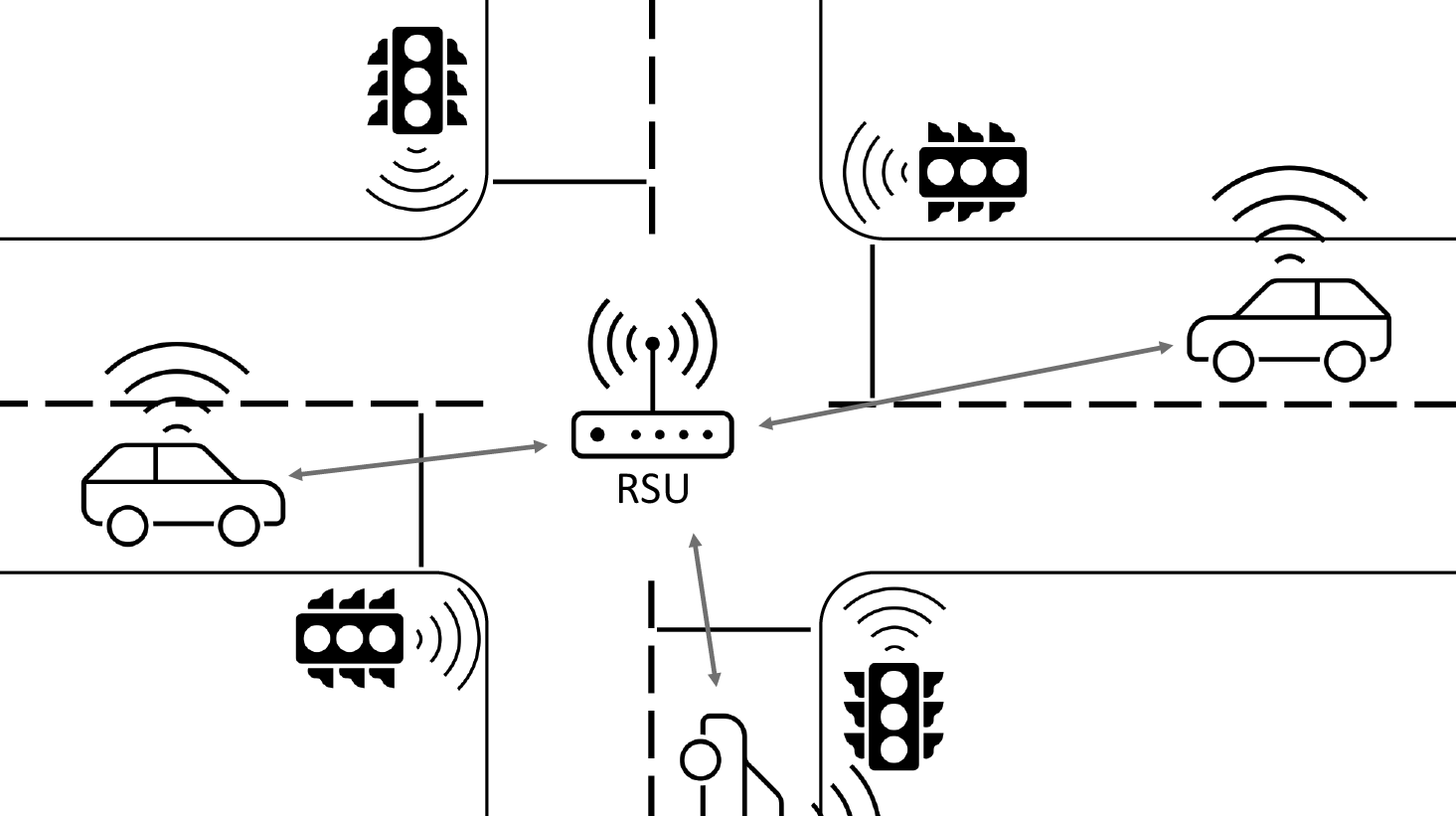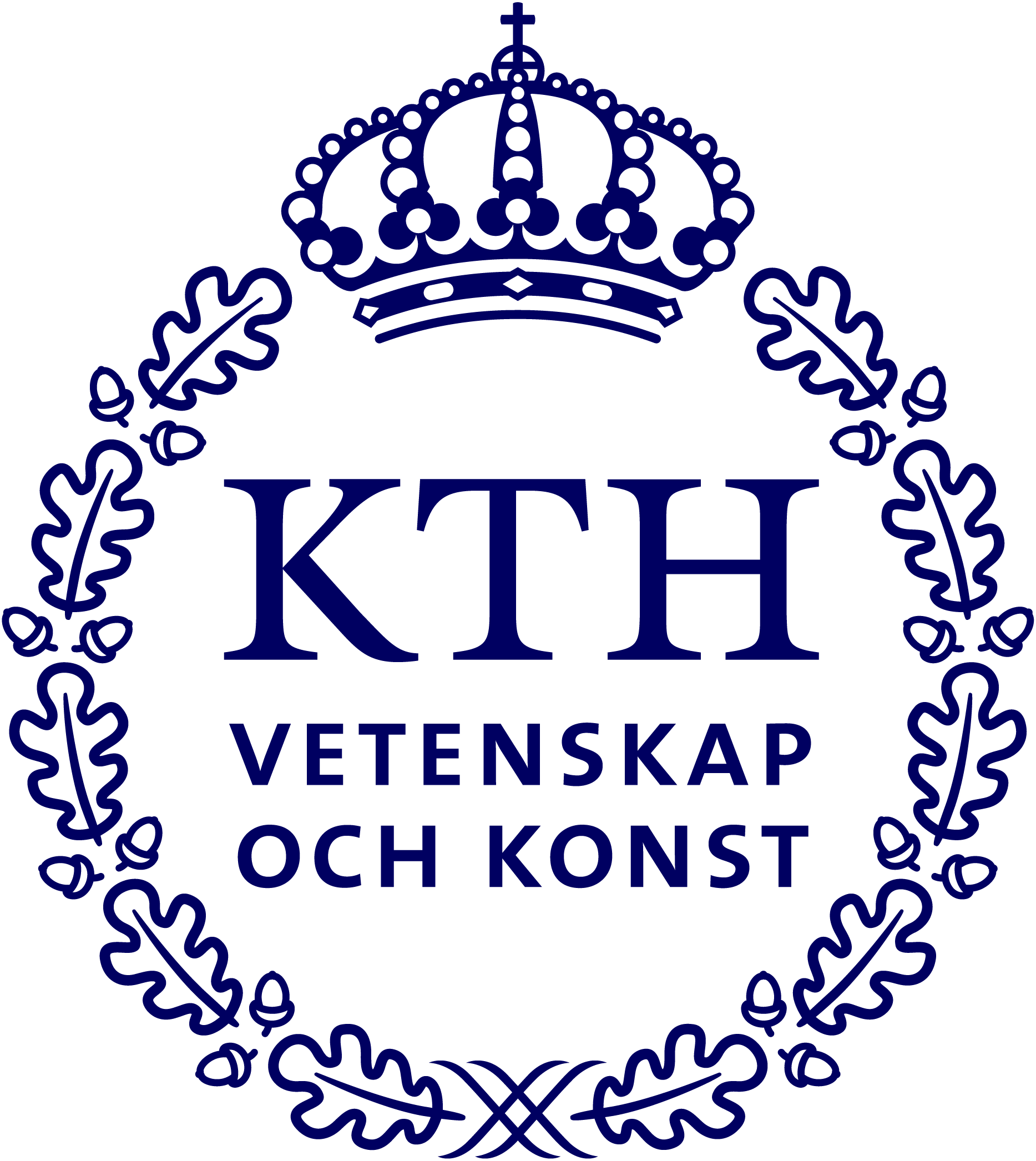
Guaranteeing Pro-Active and Reactive Safety in intersections through resource management at the Edge (GPARSE)
Project period
January 2024 – December 2025
Objective
GPARSE aims to mitigate the harm of collisions on road intersections proactively and reactively using edge infrastructure. The proactive approach orchestrates traffic arrival at the intersection using a novel concept of safety zones to avoid collisions. If a collision is nevertheless likely, the reactive approach enables the roadside unit to provide resources to the affected vehicles. This includes contingency path planning considering the safety zones and aggregated sensor data of the intersection for a complete view that cannot be obtained by the vehicles’ sensors alone. To achieve this, GPARSE will focus on nominal and contingency path planning, considering the novel concept of safety zones and the available information the roadside unit provides. This must be done to guarantee timely interaction between the different actors at the intersection. Therefore, GPARSE will develop techniques to allow the roadside unit to provision computation resources for the different types of workloads that emerge from sensors, pro-active tasks and reactive tasks so that the different timing constraints of the workloads are met. This is complicated by these constraints, often spanning across several chains of different computation tasks and platforms.

Background
Low-speed collisions at intersections are common but can still lead to permanent impairment – in particular for women. Rudimentary driver assistance systems can reduce the severity of injuries by braking, but more advanced mitigation of unavoidable collisions faces several challenges. In particular, no single vehicle has the necessary overview, other traffic that interferes with the situational awareness of driver assistance systems and can be involved in secondary collisions, and the short timeframes involved. Contingency path planning, i.e. the reconfiguration of unavoidable collisions to decrease the resulting harm, must be able to estimate the collision parameters of the involved actors at runtime. This is challenging in the general case and has a large effect on the outcome of the approach. At the same time, computation platforms on vehicles, as well as roadside units, must schedule heterogeneous workloads in such a way that diverse timing constraints are met. Therefore, online orchestration of dynamic and static workloads under temporal constraints across all compute nodes is necessary.
Crossdisciplinary collaboration
The researchers in the team represent the School of Engineering Engineering and Computer Science (ECS), KTH and the School of Industrial Engineering and Management (ITM), KTH.
Contacts

Fredrik Asplund
Assistant Professor at KTH ITM, Co-PI: Guaranteeing Pro-Active and Reactive Safety in intersections through resource management at the Edge (GPARSE), Digital Futures Faculty
+46 8 790 74 05fasplund@kth.se

Matthias Becker
Assistant Professor at Division of Electronics and Embedded Systems, EECS School at KTH, Co-PI: Guaranteeing Pro-Active and Reactive Safety in intersections through resource management at the Edge (GPARSE), Digital Futures Faculty
+46 8 790 43 19mabecker@kth.se


